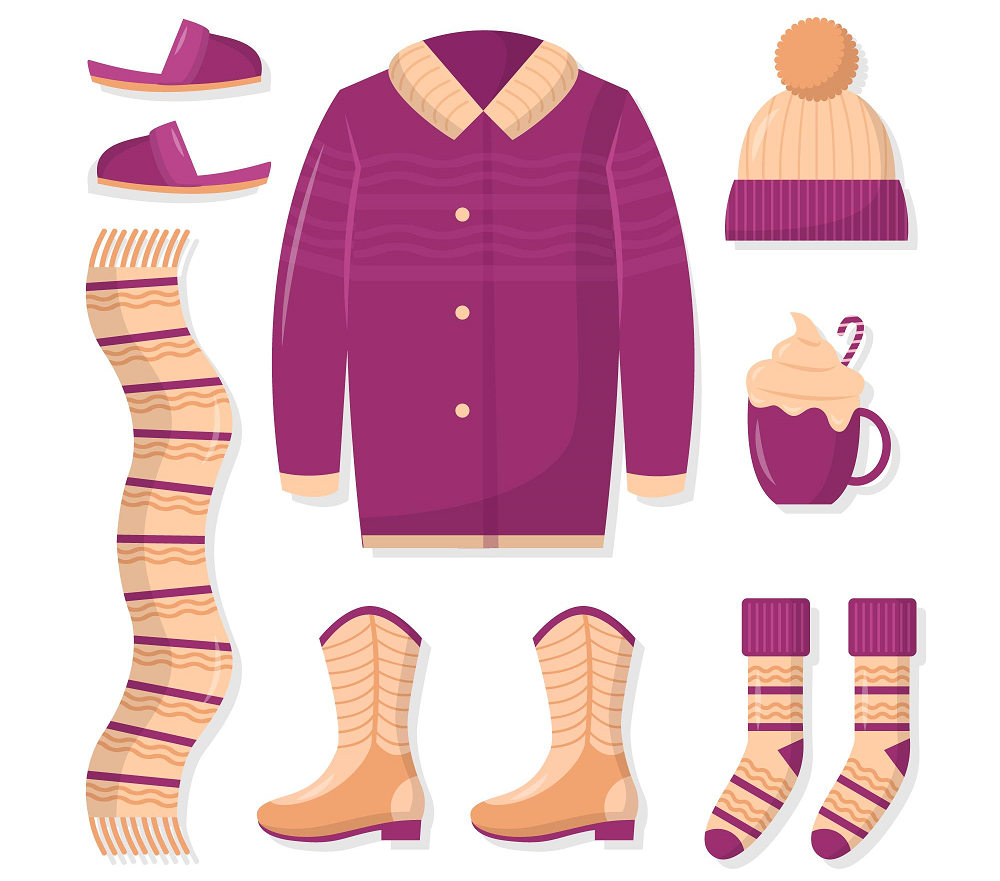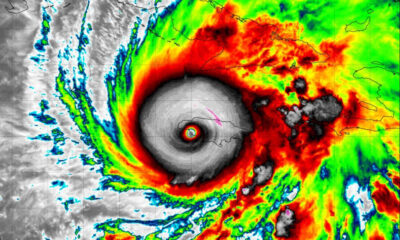Reviews
When Comfy Turns Crummy: How Ignoring Sizing Leads to More Pain than Relief

Wearing compression socks can provide excellent support, but only when they fit correctly. Brands like Crazy Compression have identified this issue and started their emphasis on the importance of proper sizing and compression levels.
Choosing the wrong size can lead to leg pain, swelling, and reduced circulation. Ill-fitting compression garments not only lose their effectiveness but can also worsen existing health conditions.
In this article, we’ll explain why selecting the right compression socks or stockings is essential for comfort, healthy blood flow, and long-term leg support—especially for those managing circulation or mobility issues.
Why Compression Sock Sizing Should Never Be Overlooked
Many users assume compression socks are one-size-fits-all. In reality, compression sock sizing is critical. A poor fit can cause the socks to bunch, slide down, or apply uneven pressure. This may lead to bruises, blisters, or restricted blood flow. Ignoring sizing transforms compression therapy into a source of discomfort.
For example, too tight socks can trigger the tourniquet effect, cutting off circulation instead of improving it. On the other hand, loose socks offer little to no support, failing to prevent swelling or reduce leg pain. Properly sized compression socks work by applying graduated compression, starting tight at the ankle and loosening up the leg, ensuring circulation is boosted and not blocked.
How Do Compression Socks Work for Different Medical Conditions?
The purpose of compression socks or stockings is to apply controlled pressure to the legs. This helps improve blood flow, reduce swelling, and support lymphatic drainage. They are commonly used in cases like:
- Chronic venous insufficiency
- Varicose veins
- Developing deep vein thrombosis
- Pulmonary embolism prevention
- Long periods of bed rest
Wearing the right compression socks is important because incorrect sizing may worsen these conditions or cause skin irritation. Compression therapy only works when the garment fits the wearer’s leg properly.
What Do Compression Socks Do Wrong When They’re the Wrong Size?
When people wear compression socks in the wrong size, it doesn’t just “feel uncomfortable.” It risks worsening existing issues and triggering new ones. For instance:
- Socks that feel tight can block the lymphatic system
- Loose socks may roll down and create pressure points
- Poor sizing can increase the risk of blood clots
- Inconsistent compression can disrupt lymph fluid movement
Improperly fitted socks fail to reduce pain or swelling and may also restrict blood vessels or irritate calf muscles.
Graduated Compression vs Tight Stockings
Compression socks should never feel like tight stockings. Instead, they should offer graduated compression—stronger at the ankles and gradually easing toward the calf or thigh. This gradient helps promote lymphatic drainage and increase circulation. Tight stockings often apply too much pressure in the wrong areas, resulting in trapped fluid and worsened symptoms.
Graduated Compression Benefits:
- Promotes the upward flow of blood
- Prevents venous thromboembolism
- Reduces the risk of enlarged veins and clotting
- Aids during long-haul flights and air travel
Compression Ratings
Choosing medical-grade compression socks requires understanding mmHg ratings. For example, 15–20 mmHg is suitable for light support during air travel or mild swelling, while 20–30 mmHg may be needed for those with chronic venous insufficiency. Going too high without a doctor’s prescription can cause problems, particularly in individuals with hidden vascular or health conditions. Always match the compression level to the medical need.
| Compression Level | Common Use Cases | Risk of Wrong Sizing |
| 8–15 mmHg | Mild fatigue, daily wear | Often too loose |
| 15–20 mmHg | Travel, minor swelling, leg fatigue | Moderate risk |
| 20–30 mmHg | Varicose veins, DVT, post-surgery | High if too tight |
| 30–40 mmHg | Severe CVI, advanced venous issues | Requires prescription |
How Wearing Compression Socks Incorrectly Can Worsen Symptoms
Some wearers experience worse leg pain or irritation, not due to the socks themselves, but to using the wrong size. If you wear socks that are too tight, you risk blood clots, developing deep vein thrombosis, or even pulmonary embolism in high-risk cases. In contrast, if you wear too loose socks, you won’t benefit from compression therapy. This makes your legs feel heavy, especially after a long flight. Always measure calf and ankle size before purchase.
Real-Life Consequences of Ignoring Sizing
Numerous reported cases show users experiencing skin cuts, worsening varicose veins, or needing to stop use due to skin irritation. One patient used a pair during bed rest without realizing it was sized for someone with larger calf muscles, resulting in deep pressure marks and trapped lymph fluid. Others tried to wear compression stockings on just one leg, thinking it would help isolated symptoms, but this created an imbalance in blood flow and worsened swelling.

Mistakes to Avoid When You Purchase Compression Socks
- Not measuring leg circumference before purchase
- Assuming knee-high and thigh-high sizes are interchangeable
- Using hand force instead of rubber gloves to put on socks
- Wearing socks inside out or twisted
- Using non-medical supply store socks for medical conditions
- Wearing them during sleep without a doctor’s prescription
Final Words
When wearing crazy compression socks, always choose the proper size based on your leg measurements and medical needs. The wrong size can lead to compression garments doing more harm than good. Always prioritize fit and comfort over assumption. Compression sleeves, knee high or thigh high, should all feel snug, not tight.
FAQs
What happens if compression socks are too tight?
If compression socks are too tight, they can restrict blood circulation, cause bruises, or result in a tourniquet effect, especially during long wear. This could worsen conditions like varicose veins and may even increase the risk of developing blood clots.
Can I wear compression stockings all day?
Yes, but only if they fit correctly and your doctor recommends it. Prolonged wear of the wrong size can cause discomfort, swelling, and skin irritation, especially if the socks are not removed during rest periods or sleep.
Are medical-grade compression socks different from regular ones?
Yes. Medical-grade compression socks follow strict mmHg pressure ratings and are designed to address specific conditions like chronic venous insufficiency or deep vein thrombosis. Regular ones might not provide the accurate compression levels needed for medical results.

-

 World3 days ago
World3 days agoEthiopian volcano erupts for first time in thousands of years
-

 Legal1 week ago
Legal1 week agoMichigan man JD Vance sentenced to 2 years for threatening Trump and JD Vance
-

 Legal1 week ago
Legal1 week agoWoman in critical condition after being set on fire on Chicago train
-

 World1 week ago
World1 week agoHurricane Melissa registered 252 mph wind gust, breaking global record
-

 Legal6 days ago
Legal6 days agoSuspect in San Diego stabbing shot by authorities after fleeing into Mexico
-

 Legal1 week ago
Legal1 week ago1 dead, 2 injured in shooting at Dallas Walmart parking lot
-

 Health6 days ago
Health6 days agoMarburg virus outbreak in Ethiopia grows to 6 confirmed cases
-

 Legal4 hours ago
Legal4 hours agoUtah Amber Alert: Jessika Francisco abducted by sex offender in Ogden




